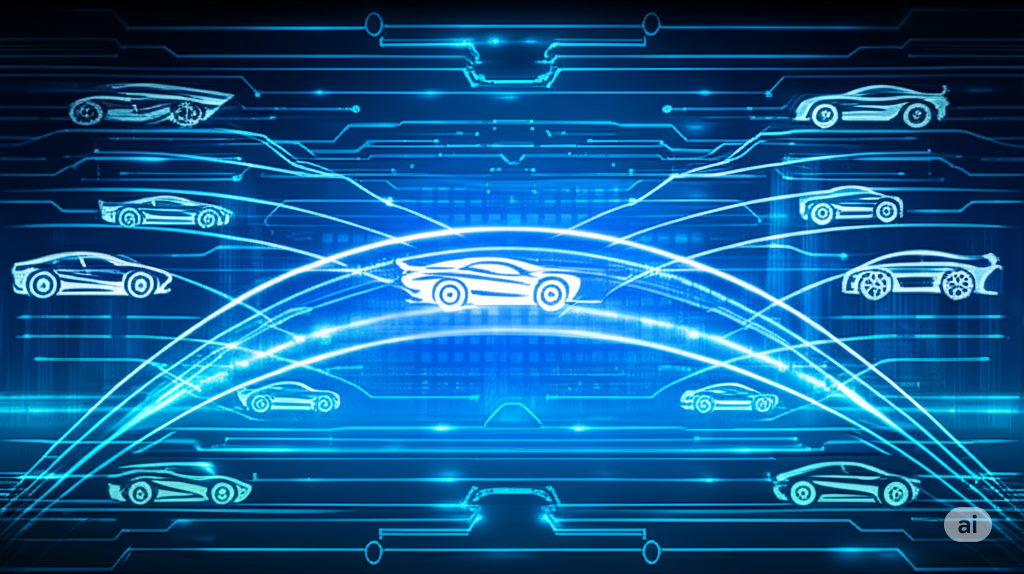SAEINDIA
SouthernSection
We are the perfect bridge between academic theory taught in the classroom and industry practices learnt on the field. We strive to achieve this by hosting innovative competitions and expert-led workshops. We have a strong team of professions who mentor engineering students and enable them to become the next generation automotive and aerospace experts and leaders across south India.
Live Updates
AGM Registration Open
BDC 8th Edition Registration Closing Soon
BAJA SAEINDIA Chennai 2026 Registration Open (Join Training Sessions)
Faculty Development Program: Recharging the future of Mobility
NLC ED Registration Open
Empower engineers through practical innovation, mentorship, and industry connection.
Innovation
Creating environments where engineering creativity flourishes through competition and collaboration.
Excellence
Setting high standards that challenge engineers to exceed conventional engineering boundaries.
Inclusion
Building diverse communities where every engineer can find their path to success.
Transforming Engineering Education
Over two decades of building engineering excellence across southern India
100+
Member Colleges
Engineering institutions across southern India
5,000+
Student Engineers
Active participants in our programs
700+
Industry Partners
Industry mentors supporting our mission
30+
Annual Events
Competitions, workshops and conferences
Engineering Excellence through Practice
Comprehensive initiatives that bridge classroom theory with real-world engineering challenges
Design Challenges
Real-world design challenges that transform theoretical knowledge into practical engineering solutions.
Our signature competitions include bicycle design challange, drone design challenges, and electric two-wheeler innovation - each carefully structured to develop comprehensive engineering skills and teamwork.
Explore Competitions
Design Challenges
Real-world design challenges that transform theoretical knowledge into practical engineering solutions.
National Level Competitions
Hands-on learning experiences with cutting-edge technologies and methodologies led by industry experts.
From advanced CAD/CAM to electric drivetrain design, our workshops provide practical skills that complement academic learning, using professional-grade tools and techniques that prepare students for industry challenges.
Explore Competitions
National Level Competitions
Hands-on learning experiences with cutting-edge technologies and methodologies led by industry experts.
Industry Integration
Creating meaningful connections between students and leading engineering companies for mutual growth.
Through mentorship programs, Factory visits, SKIP, Lecture meetings etc, we bridge the gap between education and industry, giving students insider perspectives on real engineering challenges.

Industry Integration
Creating meaningful connections between students and leading engineering companies for mutual growth.
Signature Engineering Challenges
Prestigious competitions that push engineering boundaries and foster innovation


Join the Engineering Excellence Movement
Connect with a community of 5,000+ student engineers creating the future of mobility and technology
Have Questions?
Our team is ready to help you get started with SAE Southern Section